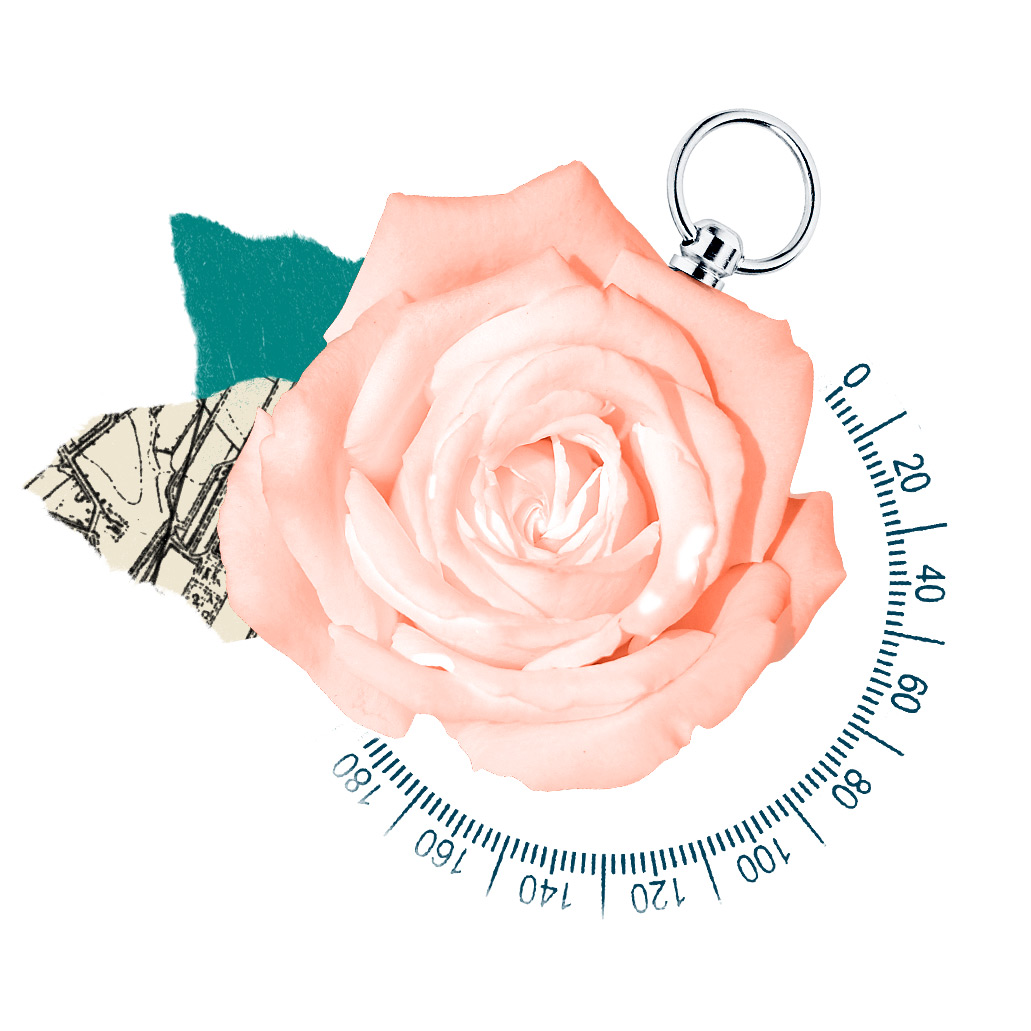Find Lessons
We’ve scoured the best sources from around the world and put them in one place. Use our filter below to find what works best for you and your students.

We’ve scoured the best sources from around the world and put them in one place. Use our filter below to find what works best for you and your students.

11 Results Meet Your Requirements
Learn about the complex and trying time that Germany experienced during the Weimar Republic (1919-1933).
Compare and contrast a map from before World War I to a map after World War I. Students analyze the significance of the changes in the map, looking particularly at the countries that comprised the Axis powers and the Allied powers.
Explore the relationship between art and politics by analyzing pieces from the Weimar Republic.
Explore primary sources outlining the outcomes of the Treaty of Versailles. Students will have discussions on the fairness of the Treaty of Versailles and whether or not there is truly a fair resolution to war.
Students will simulate the negotiations done during the Paris Peace Conference. This activity will help students to understand the challenge faced when negotiating terms after World War I.
Watch videos by Simple History explaining the signing of the Treaty of Versailles and the reparations on Germany that followed.
Students will learn the devastation caused by World War I and its equally devastating aftermath. Enter Hitler, a fresh face with the charisma to work his way into a position of power; the perfect platform to spew his extreme views.
Explore what Germany was like after the Treaty of Versailles and how this set the stage for the Weimar years. Students will be introduced to the Nazi party at its early stages.
Students will learn the basics of World War I; the participants, the outcome, and the lasting impact.
Navigate the complex and trying time of the Weimar Republic (1919-1933) by exploring readings and testimonies from the era.
Students will learn about the War Guilt Clause added to the Treaty of Versailles.